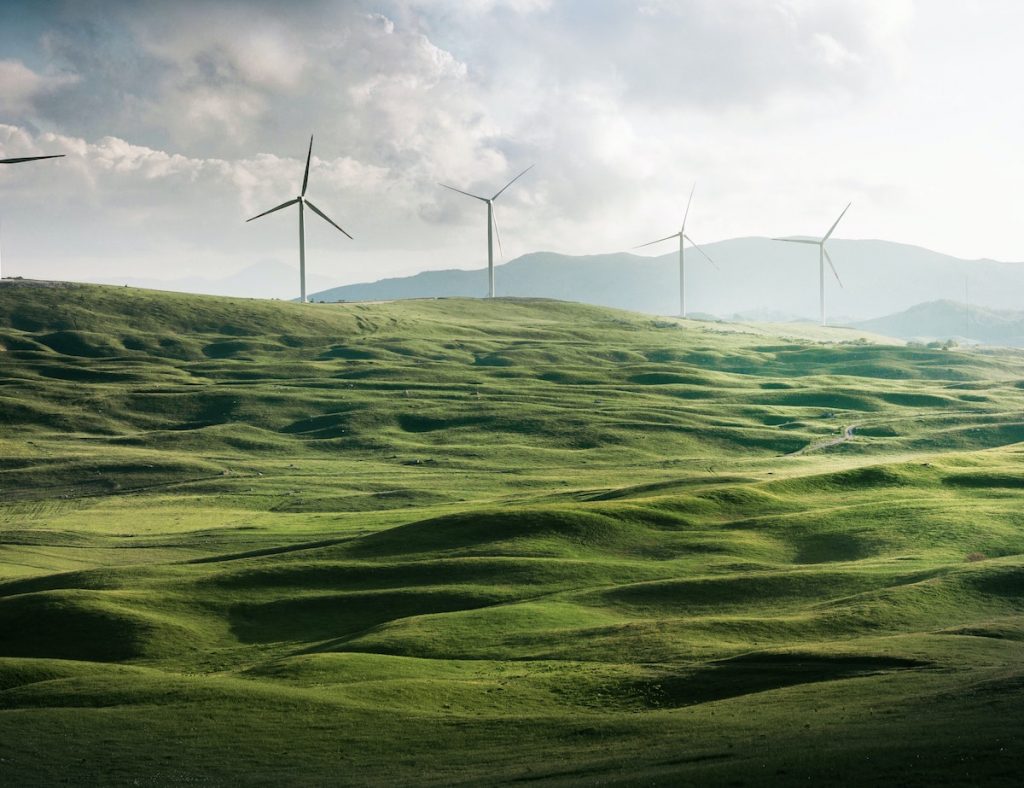China has just connected the world’s most efficient compressed air energy storage (CAES) plant to the grid. It will generate over 132 million kWh of electricity annually, servicing around 60,000 homes in Zhangjiaka city in Hebei province.
CAES technology isn’t new. Germany’s Huntorf Power Plant went up in 1978, and the McIntosh Plant in Alabama came along in 1991. But while the Huntorf plant operates at around 29% efficiency and McIntosh peaks at around 54% ,the Zhangjiakou plant has an efficiency of 70.4%.
But what exactly is CAES?
CAES is a method of storing energy using compressed air. It enables the saving of excess energy for periods of peak demand. Energy storage is of vital importance as we start taking more of our energy from renewables since sources such as wind and solar don’t produce all the time.
The traditional way of storing energy has been to use lithium-ion batteries. They’re great because they’re more than 90% efficient. But with lithium being in short supply, we need to come up with another idea, fast.
There are all sorts of innovative ideas in the pipelines, including batteries made from seawater and hemp. But China looks to be leading the way. The nation has also just switched on the world’s biggest flow battery, a cheap method of storing energy that doesn’t rely on lithium.



